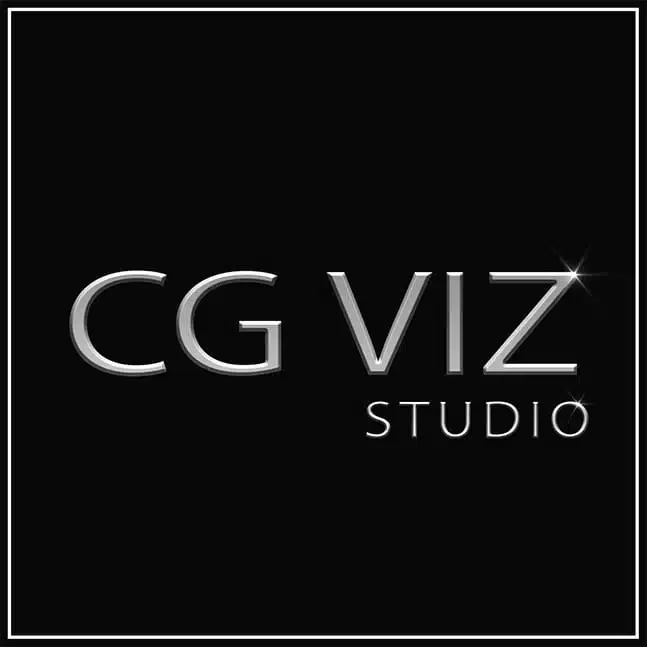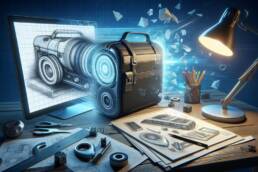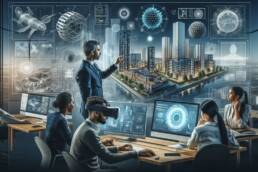How to Create and Use 3D Product Rendering?
Due to the popularity of online stores nowadays, the demand for 3D modeling and 3D visualization of products is growing. Today, people can buy anything from online stores. And the creation and presentation of realistic 3D models and 3D images of products increase sales.
1: What is 3D Product Rendering?
Product rendering goes beyond merely showing a 3D model. We understand the trust instilled in us to create what could be a make or break image for a new product line or invention. Because of this, we are committed to ensuring these images do more than fill a need; they must invoke an emotion in the viewer. Much like our 3D Architectural Rendering Services, we take great pride in our quality of work and view our 3D product renders as a labor of love. The process of creating photorealistic graphics using various software and rendering tools is known as 3D product rendering. It aims to display product visuals in a photorealistic format for easier understanding, explanation, and advertising. You can make a lasting impression on your clients with 3D product renderings that show your work in the best way.
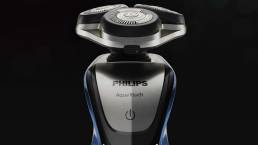
2: How are 3D Product Rendering Made?
Productivity is a big part of running a business and even big companies have to deal with the added pressure of having to remain productive. One way to make your workdays flow more smoothly is by making sure that you’re maximizing the little time that you have.
In the process of creating a 3D product rendering, several important steps have to be taken into account. The first one is the actual 3D product modeling or building of it digitally in a 3D software program. Once that’s done, the next phase is called texturing which involves applying CG textures to the 3D model to give it its proper look and feel. Then there is lighting where one sets up lighting sources and creates a scheme for it all according to what color scheme has been chosen. After that comes setting up camera views to get an optimal shot of the 3D object according to what the client wants and what could be possible on their end, followed by 3D rendering and finally editing (for instance using Adobe Photoshop).
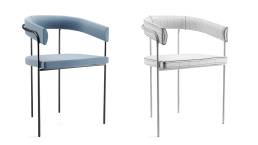
3: Who uses 3D Product Rendering?
Manufacturers: Professional 3D product rendering is an integral component of any manufacturer’s advertising efforts and gives companies the chance to create a buzz before their 3D product goes out for sale. And with images of the finished design, you can post it on your Facebook page or send a Tweet to get attention from your followers while they wait. With 3D visualizations, you can even see how other color and texture combinations might work without having to spend time or money creating 3D models in real life!
Marketers: 3D market researchers can accomplish better marketing results when they set their ideas at a standstill. A 3D model of a pioneering new 3D product provides limitless opportunities when it comes to the creative freedom you get from working with CGI and 3D animation. Better yet, this is an extensible way to increase sales by attracting more potential customers and buyers.
Designers: Similarly, 3D product designers need a good 3D rendering service to make accurate representations of their 3D designs. While sketches can get people’s attention, they can’t be the last step in the design process. Showing various concepts for one project, getting approval for each concept as quickly as possible. The next stage of the 3D design process will help you progress through this stage of your 3D design much more smoothly.
4: The Best Product Rendering Software List:
Here’s the list of the best product design platform that I’ll cover in this article
5: How to Create a 3D Product Rendering?
- Shading: Makes decisions based on how a surface looks under different lighting angles and intensities. The visual perception of textures, colors, and shading is affected by proper renditions.
- Texture mapping: The way a 3D model is made is generally very intricate. Smooth metal surfaces can be easily recreated, but more complexity like a carpet or furniture fabric requires specialist techniques & technologies to ensure that an accurate depiction is imparted.
- Shadows: Takes into account how a surface looks when light is blocked in a certain way. This also considers shadows cast by the 3D object itself along with the shadows that are cast onto the 3D object or surface.
- Reflection: The image at the top of this article is a great indicator of how proper reflection techniques can make images look more realistic. Images that have been enhanced with reflections become more interesting to look at.
- Refraction: Optical diffraction is the effect whereby light refracts and spreads out when passing through a medium like water. The phenomenon also occurs within certain media where intervening objects bend their path.

6: Where is 3D Product Rendering used?
- Online shops/E-Commerce
- Television Adverts
- Billboards
- Magazines
- Social media
- Websites
We hope that you found this blog to be informative and a good fit for your business. If you are interested in learning more about how to create and use 3D Product Renderings, please contact us. We would be more than happy to discuss this topic with you and help you create a new marketing strategy that uses 3D Product Renderings.
